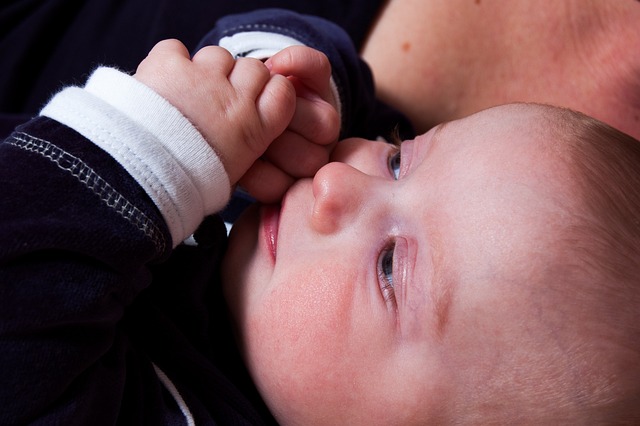You check food labels, buy BPA-free bottles, and avoid microplastics as best you can, but have you ever questioned what’s in your toothpaste? New independent testing suggests that dozens of popular brands may be hiding an unpleasant surprise: toxic metals. That’s right. You could be using toothpaste with toxic metals, and you might not even know it.
According to recent lab testing conducted by Lead Safe Mama (LSM), an organization focused on preventing lead exposure, 90 percent of 51 tested toothpastes contained lead, including major names like Crest, Sensodyne, and Tom’s of Maine.
Even more troubling, though, is that 65 percent tested positive for arsenic, 47 percent for mercury, and 35 percent for cadmium. Only five brands—including Dr. Brown’s Baby Toothpaste and Orajel Training Toothpaste—were completely free of all four toxic metals.
Why is this such a big deal? Because even in small amounts, lead can cause irreversible harm, particularly to children, affecting everything from brain development to behavior. Mercury and arsenic can harm the kidneys, nerves, and immune system.
Tech. Entertainment. Science. Your inbox.
Sign up for the most interesting tech & entertainment news out there.
By signing up, I agree to the Terms of Use and have reviewed the Privacy Notice.
Shockingly, none of the toothpastes violated the U.S. Food and Drug Administration’s current safety thresholds for cosmetics containing toxic metals. However, those limits are outdated, set at 10,000 parts per billion (ppb). In contrast, Washington State recently passed a law limiting lead in toothpaste to just 1,000 ppb, and several brands exceeded even that.
While these levels are technically considered safe, the World Health Organization continues to stand firm on the stance that there is no known safe level of lead exposure.
This revelation highlights a disturbing regulatory gap. Just because something is legally allowed doesn’t mean it’s actually safe. Most consumers assume that if a product is on store shelves—especially one as essential and widely used as toothpaste—it must be safe. This study proves otherwise, though.



